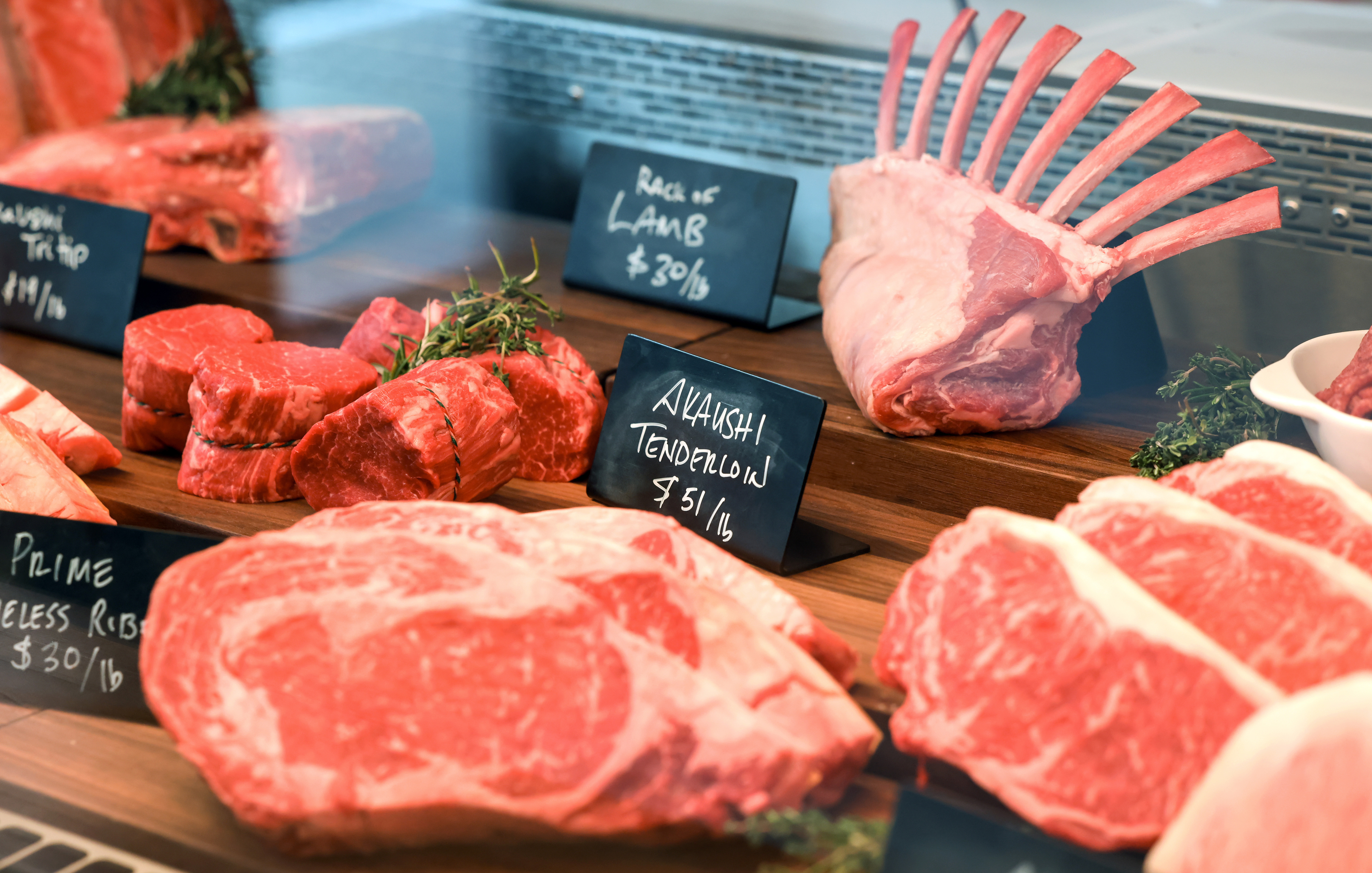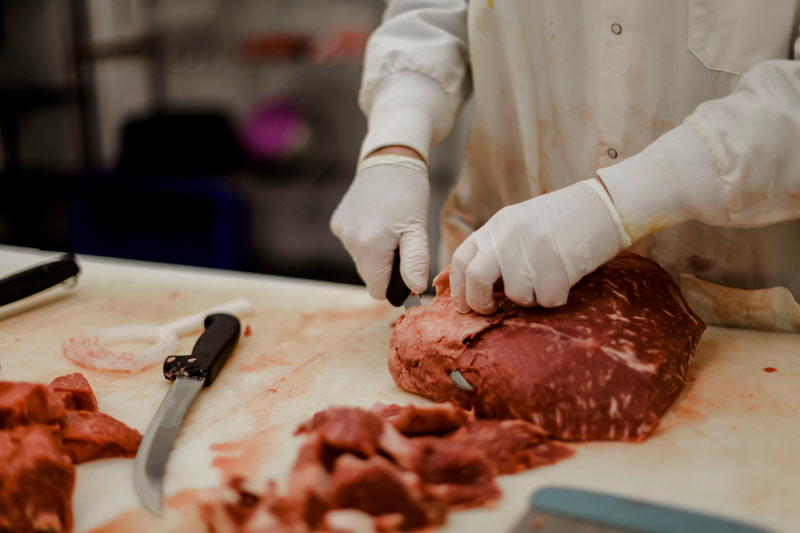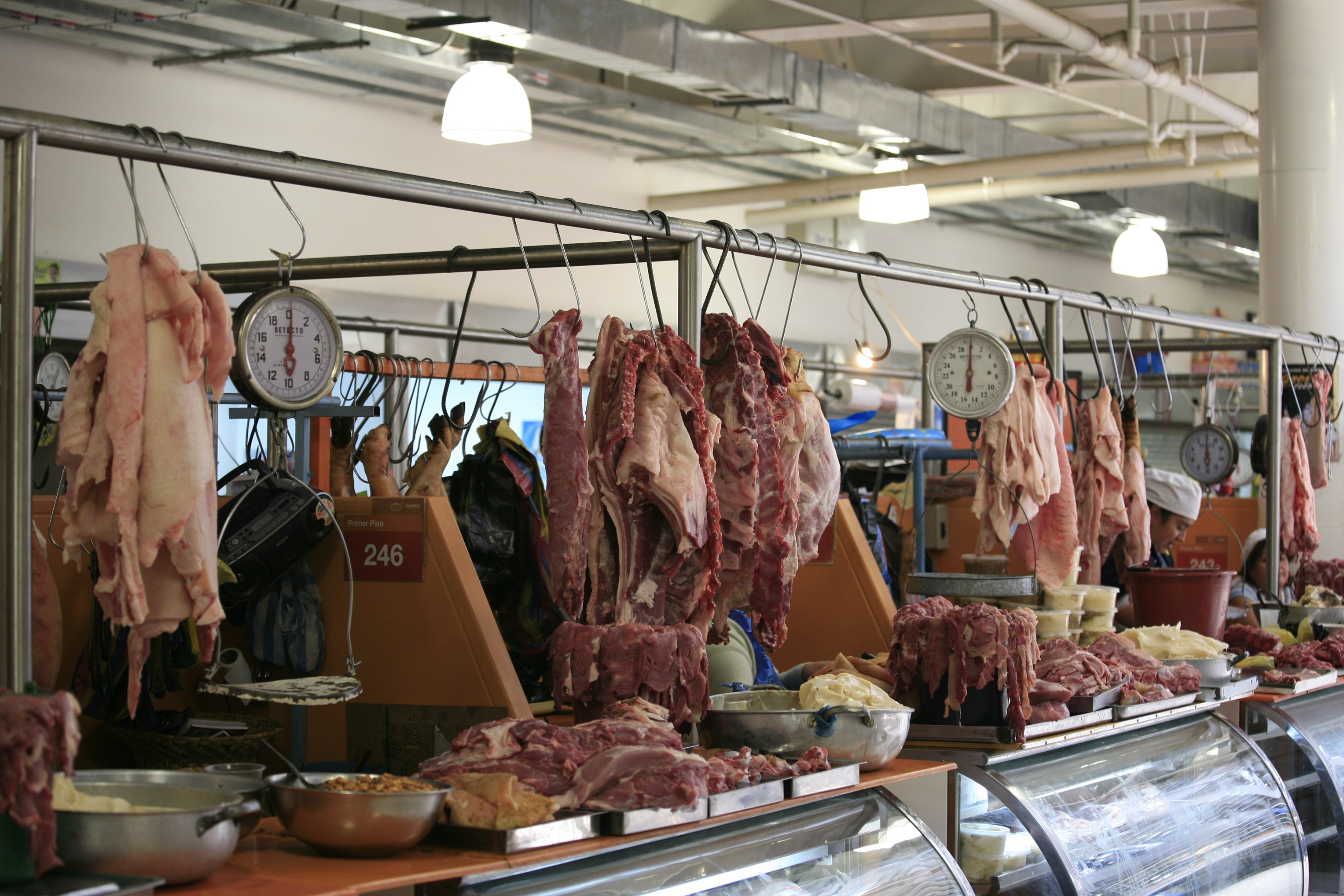Why Residents Love Bagley Farms Meat Market Edwardsville IL for Their Meat Shopping
Why Residents Love Bagley Farms Meat Market Edwardsville IL for Their Meat Shopping
Blog Article
Reveal the Art of the Butcher's Cut in a Modern Meat Market
In the ever-evolving landscape of contemporary meat markets, the butcher's cut has actually transcended its conventional roots, merging old-time craftsmanship with modern practices. bagley farms meat market edwardsville il. Today's butchers are not simply cpus of meat; they are knowledgeable craftsmens who stress sustainability and moral sourcing. Their experience in selecting and preparing cuts tailored to specific cooking demands provides an unmatched dining experience. What absolutely establishes the contemporary butcher apart is their capability to forge a much deeper connection between consumers and the origins of their meat. Exactly how do these masters equilibrium practice with technology, and what ramifications does this have for the future of meat consumption?
Evolution of Butchery Techniques

The mid-20th century saw butchery techniques even more refined by scientific insights into muscle mass biology and meat aging, improving both tenderness and taste. Innovations like vacuum cleaner product packaging and refrigeration expanded item shelf-life, allowing butchers to expand offerings and boost high quality control. This duration additionally marked the surge of specific tools, such as band saws and meat slicers, which boosted accuracy and performance in meat handling.
Digital systems currently assist in tracking pet provenance and enhancing cuts to fulfill details consumer preferences. Furthermore, a renewal in artisanal butchery has arised, blending traditional abilities with contemporary knowledge to cater to customers seeking ethical and sustainable meat alternatives.

Recognizing Meat Cuts

Comprehending the intricacies of meat cuts is crucial for both butchers and consumers seeking top quality and value. Each cut originates from a different component of the pet, giving distinct tastes, structures, and food preparation approaches. Mastery of these distinctions not only boosts cooking experiences but likewise makes the most of the utility of each carcass. For butchers, precise cuts show ability and respect for the craft, guaranteeing minimal waste and optimum yield.
The primary groups of meat cuts include primitive, sub-primal, and retail cuts. Primal cuts, such as the loin, rib, and chuck, are the big areas initially separated from the carcass. Butchers then damage these down further right into sub-primal cuts, prior to ultimately creating retail cuts available to customers, like ribeye or tenderloin. Each phase requires mindful focus to anatomical structure and muscle mass structure.
Comprehending muscle mass make-up is vital; muscles made use of more frequently by the pet tend to be harder and are best fit for sluggish food preparation methods, while less-used muscles, like those found in the loin, are a lot more tender and suitable for barbecuing or roasting. Knowledge with these differences equips consumers to make informed choices, enhancing their culinary undertakings.
Selecting Quality Meat
Selecting the appropriate meat involves more than just picking an aesthetically attractive item from the display screen. The art of picking quality meat calls for a discerning eye and knowledge of certain features that indicate quality and quality.
Second of all, take into consideration the marbling, which describes the white streaks of fat within the muscular tissue. Proper marbling is a crucial indication of tenderness and taste, as it melts during food preparation, enhancing the meat's juiciness. Bear in mind, higher marbling frequently correlates with superior quality cuts, such as USDA Prime.
Structure is one more vital factor; meat ought to feel solid to the touch, not slimed or overly soft. In addition, be mindful of the scent. Fresh meat ought to have a clean, neutral smell, devoid of any sour or repulsive odors.
Combining Cuts With Cooking Techniques
Successfully coupling cuts of meat with the appropriate cooking techniques is essential for accomplishing optimal taste and structure. Different cuts vary in inflammation, marbling, and connective cells web content, each calling for particular techniques to open their possibility. For example, tender cuts like filet mignon and ribeye, with their integral marbling, advantage from high-heat, quick-cooking approaches such as cooking or pan-searing. These methods enhance the meat's all-natural tastes and guarantee a juicy surface.
On the other hand, tougher cuts like brisket and chuck roast are abundant in collagen, which breaks down right into gelatin when cooked official site gradually. These cuts are ideal for braising or slow-moving roasting, allowing the meat to tenderize over time and establish deep, complicated flavors. Similarly, cuts such as short ribs and pork shoulder prosper with slow-cooking techniques, where expanded cooking times transform their durable structures into succulent recipes.
Lamb shanks and oxtail, which require long term food preparation to tenderize, are excellent candidates for stewing or sluggish simmering. These approaches coax out rich, passionate flavors while preserving wetness. By recognizing the special qualities of each cut, chefs and home chefs alike can elevate their culinary developments, making certain each recipe is both pleasing and unforgettable.
The Butcher's Role Today
Navigating the advancing landscape of the modern meat market, the butcher's duty today expands past plain preparation of cuts. Contemporary butchers are cooking artisans, educators, and supporters for lasting techniques. They link the void between the farm and the fork by ensuring ethical sourcing, understanding animal husbandry, and focusing on openness in the supply chain. This shift shows the expanding customer need for quality over quantity, where provenance and pet well-being are paramount.
In addition to crafting specific cuts, butchers currently engage straight with clients, offering cooking suggestions and customizing selections to match specific needs and choices. Their proficiency in meat aging, marbling, and flavor accounts empowers customers to make informed choices, boosting their cooking experiences. This customized service exhibits the butcher's developing function as a relied on advisor in the cooking area.
Moreover, butchers are crucial in lessening waste, making use of entire animals to develop diverse products such as sausages and stocks - bagley farms meat market edwardsville il. This extensive technique not only values the pet but likewise straightens with contemporary sustainability objectives. In this means, the modern-day butcher symbolizes both custom and technology, adapting to an ever-changing market while maintaining the virtuosity and stability of their craft

Conclusion
Mastery in recognizing varied meat cuts and quality indications Your Domain Name empowers butchers to supply informed look these up referrals, straightening specific cuts with optimal food preparation methods. By recognizing historic methods while embracing modern needs, the butcher's duty continues to be crucial in today's advanced meat market.
Report this page